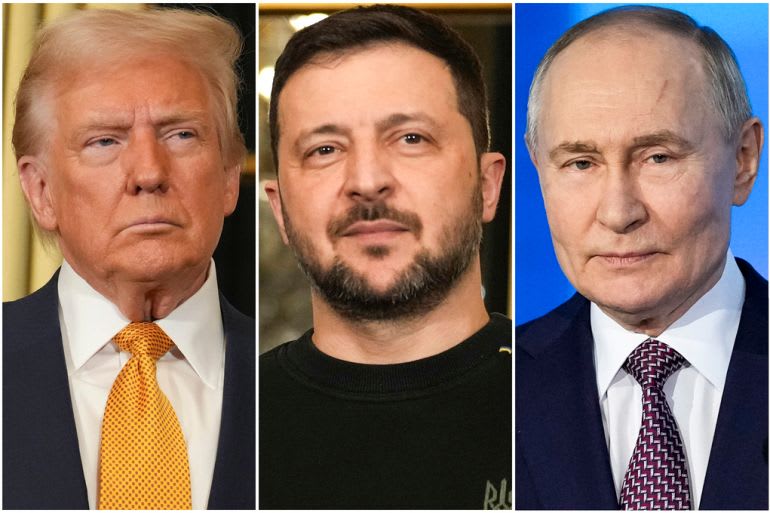The Russia-Ukraine war has been raging for more than three years, and the world has been desperate for signs of progress toward peace. Now, following Donald Trump’s high-profile summit with Vladimir Putin in Alaska, a new twist has emerged: Putin has reportedly agreed to allow the U.S. and Europe to offer “NATO-style” security guarantees to Ukraine.
But what does that actually mean, and could it really change the course of the war?
A Breakthrough—or Just Another Promise?
At the Alaska summit, Trump’s envoy Steve Witkoff revealed that Putin had signaled openness to a deal where Ukraine would receive Article 5-like security guarantees from Western allies. For those unfamiliar, NATO’s Article 5 means that an attack on one member is considered an attack on all.
This doesn’t mean Ukraine is joining NATO (which Russia firmly rejects), but it could mean a legally binding pact where the U.S. and Europe pledge to defend Ukraine in case of future aggression.
Ukrainian President Volodymyr Zelenskyy welcomed the development but warned that “Russia must end the war it started” and insisted that Ukraine must have a central role in shaping the deal.
The White House Meeting: All Eyes on Washington
On Monday, Zelenskyy arrived in Washington to meet Trump and several European leaders—including the U.K.’s Keir Starmer, France’s Emmanuel Macron, and EU President Ursula von der Leyen.
The agenda is heavy:
Finalizing the scope of these security guarantees
Discussing territorial disputes and possible ceasefire conditions
Strengthening unity between the U.S., Europe, and Ukraine
For Trump, this meeting is a chance to showcase a diplomatic win on the global stage. For Zelenskyy, it’s a fight for Ukraine’s survival and sovereignty.
Why It Matters Globally
If such a security pact is agreed upon, it could reshape the balance of power in Eastern Europe.
For Ukraine: It would give the country a protective shield without formal NATO membership.
For Russia: It’s a concession that Putin might frame as avoiding NATO expansion, while still limiting Ukraine’s future vulnerability.
For the West: It’s a test of credibility—can Europe and the U.S. guarantee Ukraine’s safety without being dragged into another direct war with Russia?
Concerns and Skepticism
Not everyone is convinced this is the breakthrough it seems. Some experts fear that by focusing on security guarantees instead of a ceasefire, Trump may be giving Putin breathing room to regroup.
Others argue that any deal without clear enforcement mechanisms could turn into just another broken promise—similar to the Budapest Memorandum of 1994, when Ukraine gave up its nuclear weapons in exchange for Russian security assurances that later collapsed.
Final Thoughts
This moment could become one of the defining turning points of the Ukraine war. A NATO-style security framework might finally give Ukraine the deterrence it needs to stop further Russian aggression. But unless the deal comes with ironclad enforcement and Ukraine’s full approval, it risks being more symbolism than substance.
The next few days in Washington will be critical. Will Trump’s gamble with Putin pay off—or will it end up another chapter in the long, painful history of failed peace efforts?
Trump-Putin meeting, Zelenskyy Ukraine, NATO-style security guarantees, Ukraine war peace talks, Trump diplomacy, Ukraine Russia conflict.
